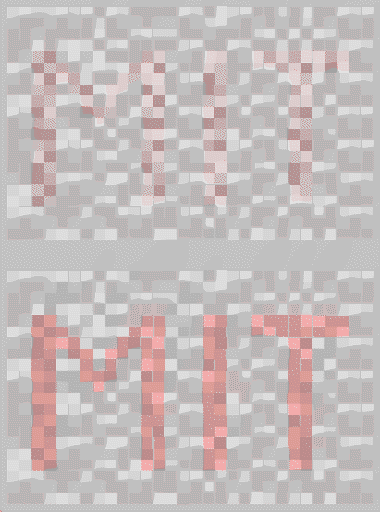The Neural
Control of Vision
J. The Processing of Color
 The same arrangement can also be applied to test for color vision. Instead of overall luminance differences between the background and the letters, as in the previous figure, the letters are made visible by virtue of chrominance information instead of luminance information. By varying the amount chrominance information provided it is possible to assess the magnitude of the color deficit. To accomplish this a calibrated monitor is used and the color values (hue and saturation) are selected using a color system like the color circle shown in Figure 43. The same arrangement can also be applied to test for color vision. Instead of overall luminance differences between the background and the letters, as in the previous figure, the letters are made visible by virtue of chrominance information instead of luminance information. By varying the amount chrominance information provided it is possible to assess the magnitude of the color deficit. To accomplish this a calibrated monitor is used and the color values (hue and saturation) are selected using a color system like the color circle shown in Figure 43.
The top section of this figure shows a display in which the color contrast along the red axis is low and the bottom section where it is high. Identifying the three letters displayed in the top section is difficult even for normal subjects but is easy in the bottom section of this figure. Protanopes will have difficulties in seeing the letters in both displays. |